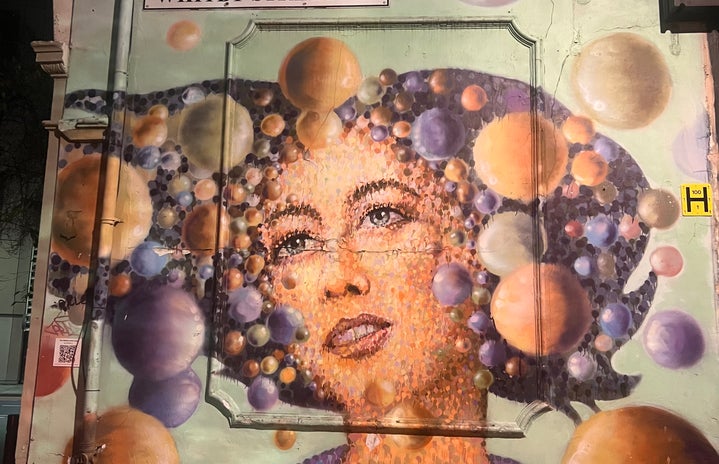London’s Street Art: A look at one of East London’s most vibrant, politically charged cultural offerings!
I have been on a mission to discover street art in London. Often surrounded by skyscrapers, restaurants, and office buildings, I wanted to uncover the more creative parts of the city. In fact, as I was wandering around East London looking at the various images and portraits around me, I realised how I sometimes don’t take the time to enjoy the art that surrounds me in the street. I also realised, that when looking for art, I automatically search in galleries and art exhibitions by default.
I focused my journey on Shoreditch and Brick Lane, as they are considered the “epicentre of London’s street art scene”. While graffiti remains an important aspect of street art, I decided to focus more on images and portraits done by either stencils, brushes, or posters.
The motivations behind such art are numerous. According to the Montcalm Royal London House, it is sometimes used to mark an artist’s territory, to express a political stance, or to provide viewers with something to appreciate as they wander around London’s multitude of avenues. The street art movement started in the 1980s, during which artists used pseudonyms to avoid prosecution (as all forms of street art are illegal). The Montcalm Royal London House also states that in the 90s, East London became a very popular location where tagging (writing a tag on a wall) was used as a way to fight back against the criminalisation of this art form, as there had been an effort to erase it from buildings.
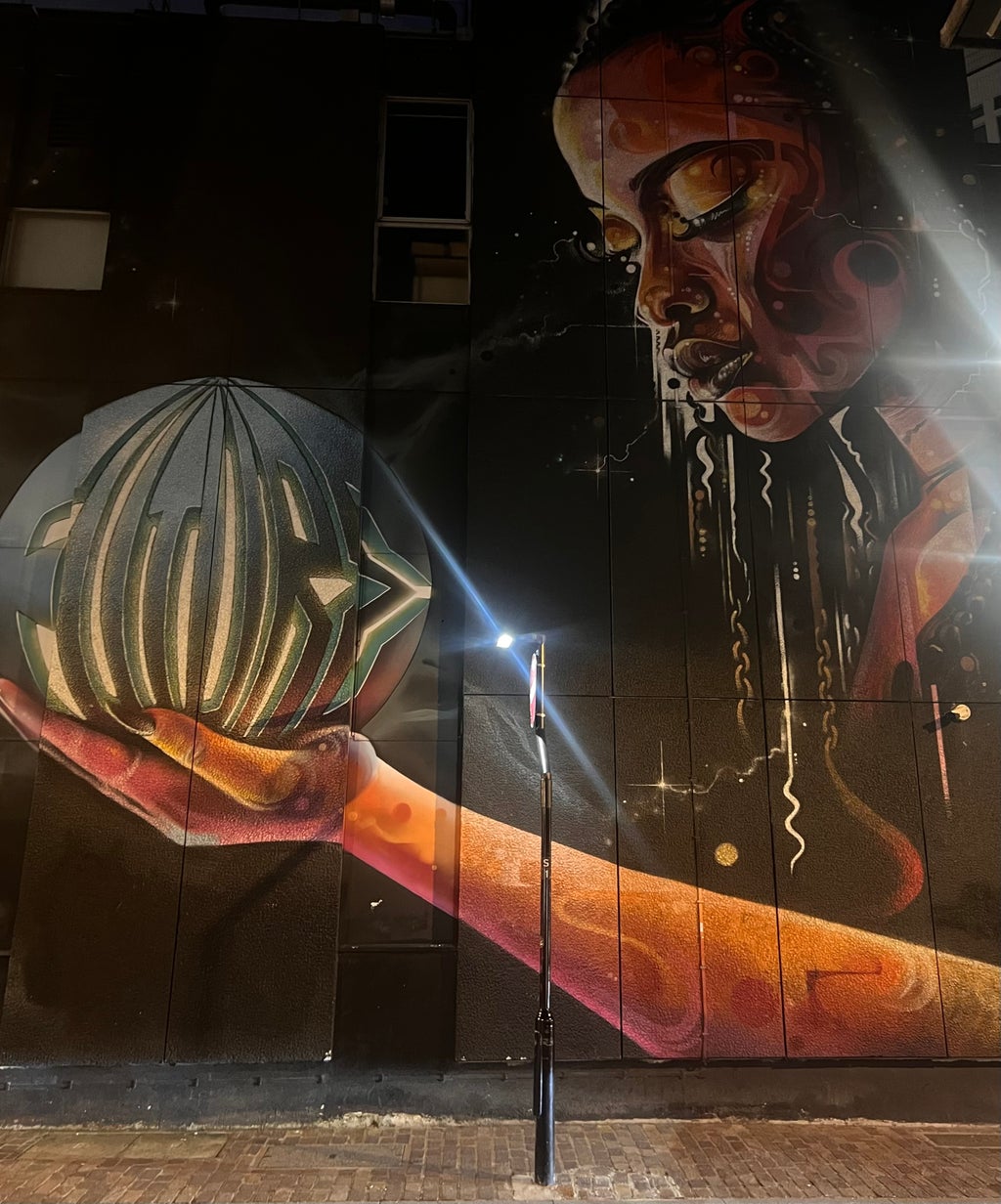
- This expansive art piece includes the work of a group of artists who worked on murals with the theme of connectivity. In this context, connectivity regards people communicating with each other and how as individuals, we are often attached or related to each other by various means. This mural was placed with the permission of the building owner. The painting depicts a female character holding the future of connectivity (in this case, meaning technology and the ability to communicate through screens) in the palm of her hand, which contrasts with the past symbols of connectivity shown on the other side of the building. Another section of the mural features a circle with interconnected mouths, alluding to a network of speakers and listeners and how each interact.
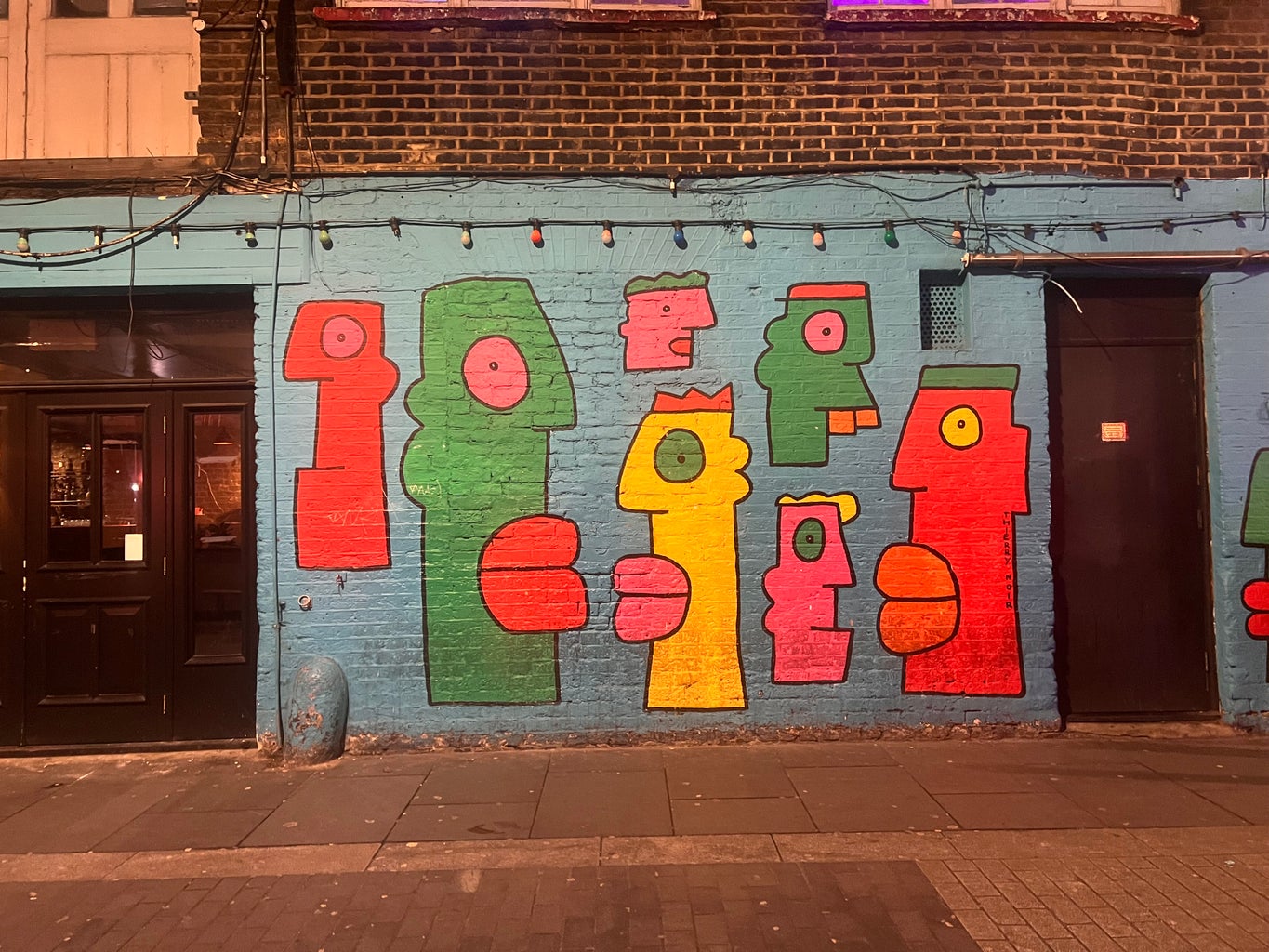
- The bright, colourful faces with big lips are the work of Thierry Noir, an ultra-famous street artist originally from France. He initially made a name for himself from his numerous murals on the Berlin Wall, some of which represented the sense of melancholy it caused before it fell and some of which symbolised the freedom afterwards. Much of his work can be classified as political protest.
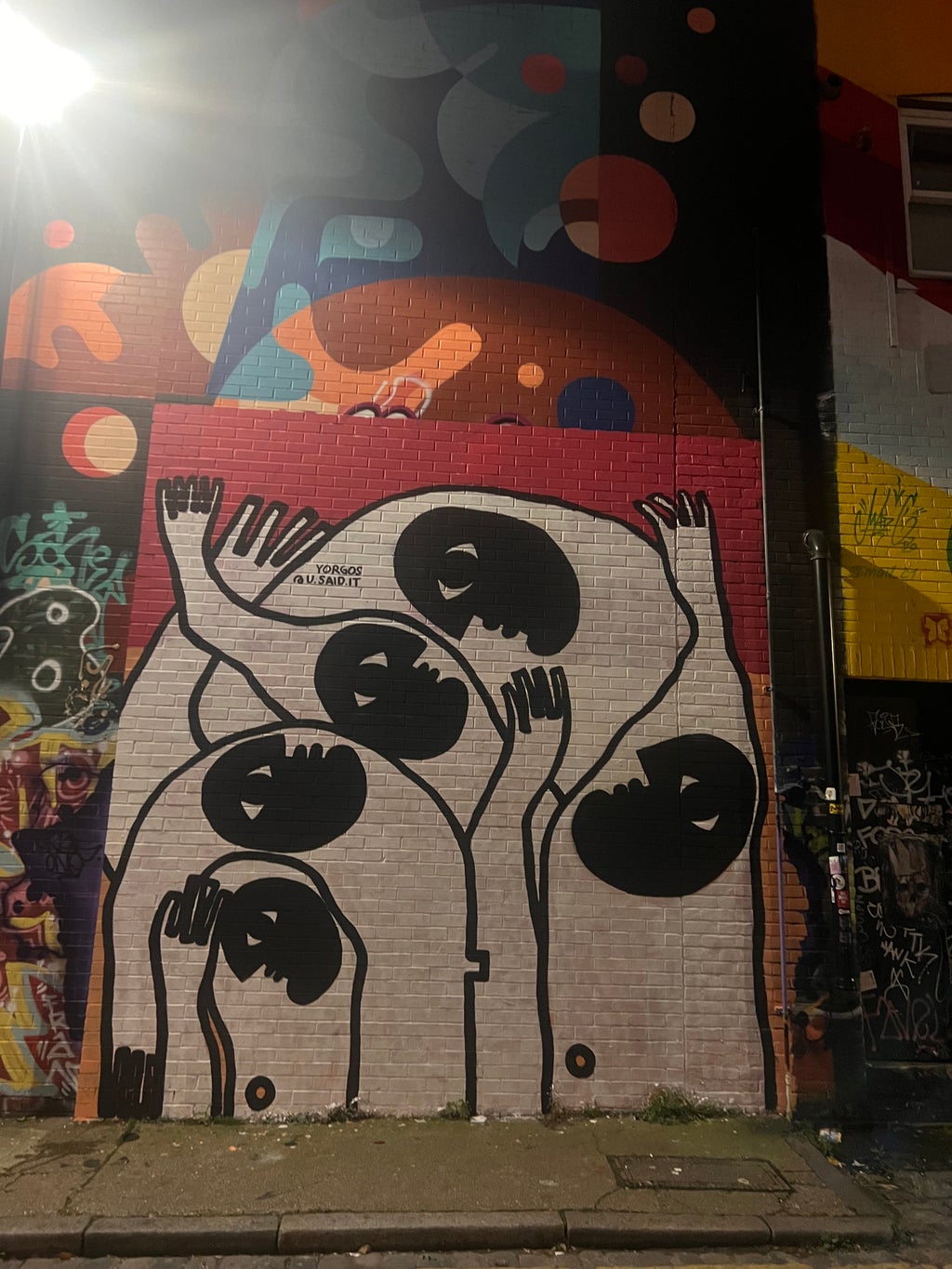
- Artist’s name: Yorgos
- Name of piece: “Alone in a crowd, not lonely”
- Instagram: @u.said.it
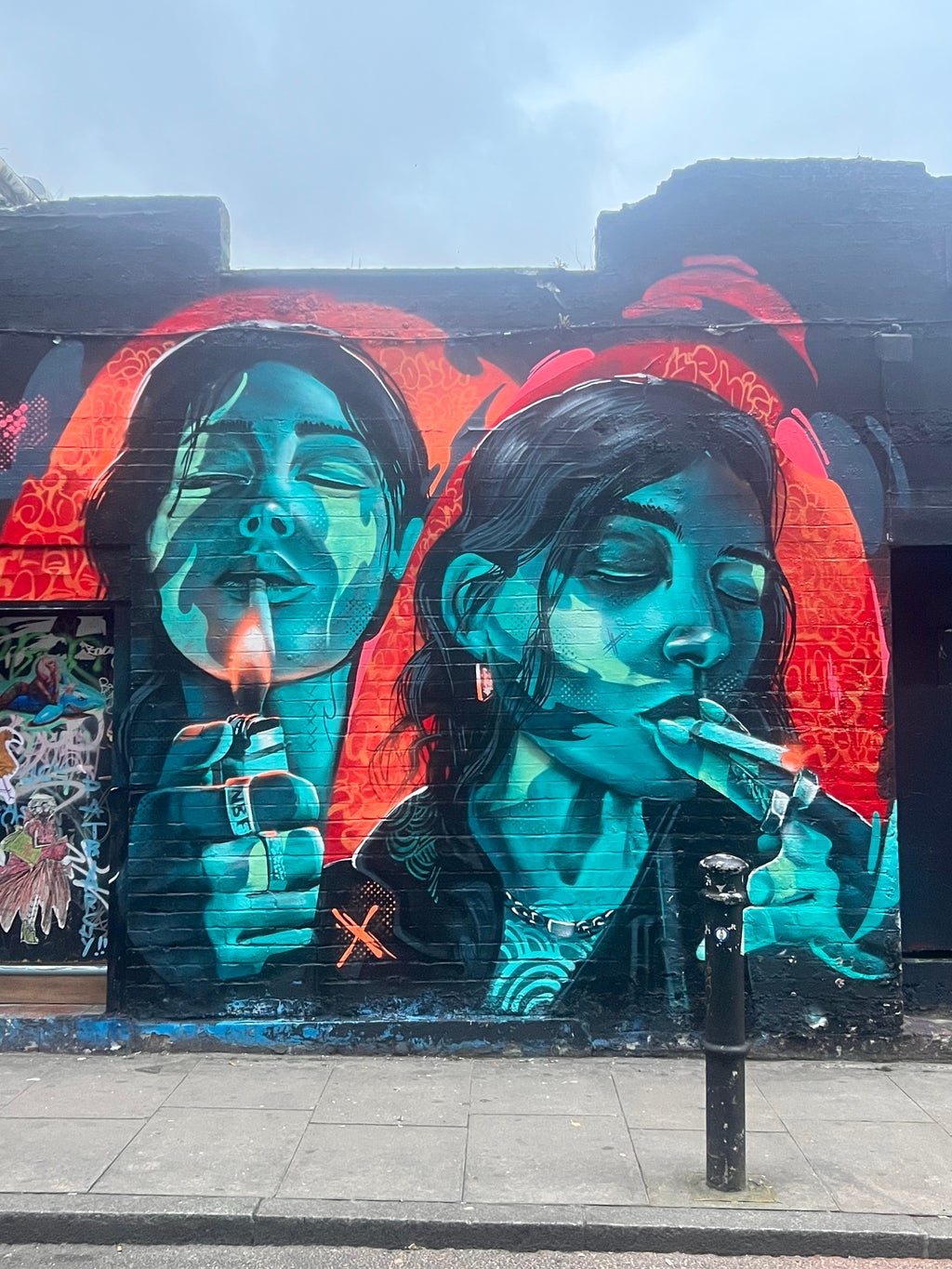
- Artist’s name: Reves
- Name of piece: “Day two Repairs”
Without a doubt, London has a diverse collection of street art to observe. I would recommend starting somewhere near Shoreditch High Street Station and taking a walk through some of the streets and alleys in order to discover some hidden artistic gems!
